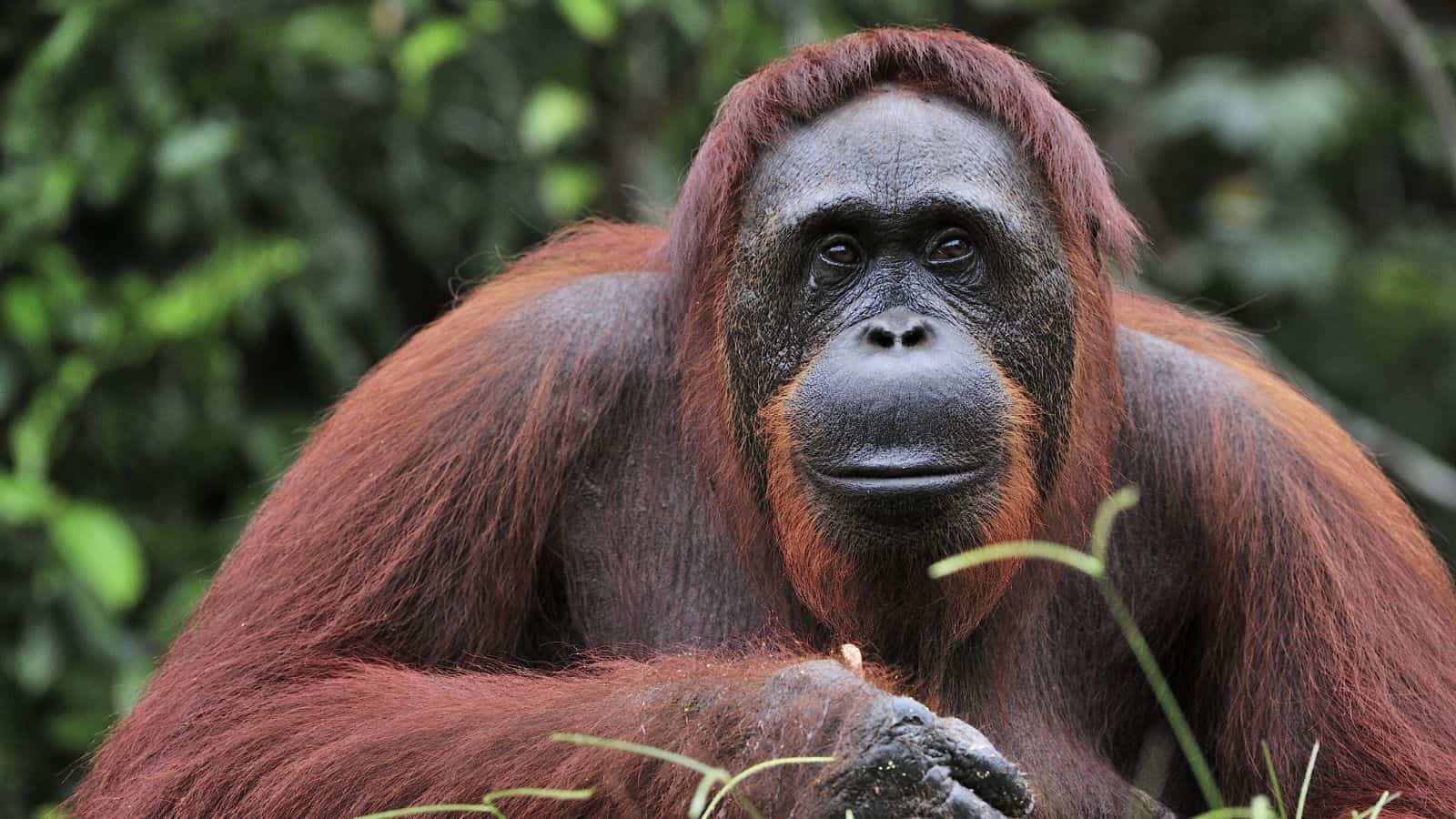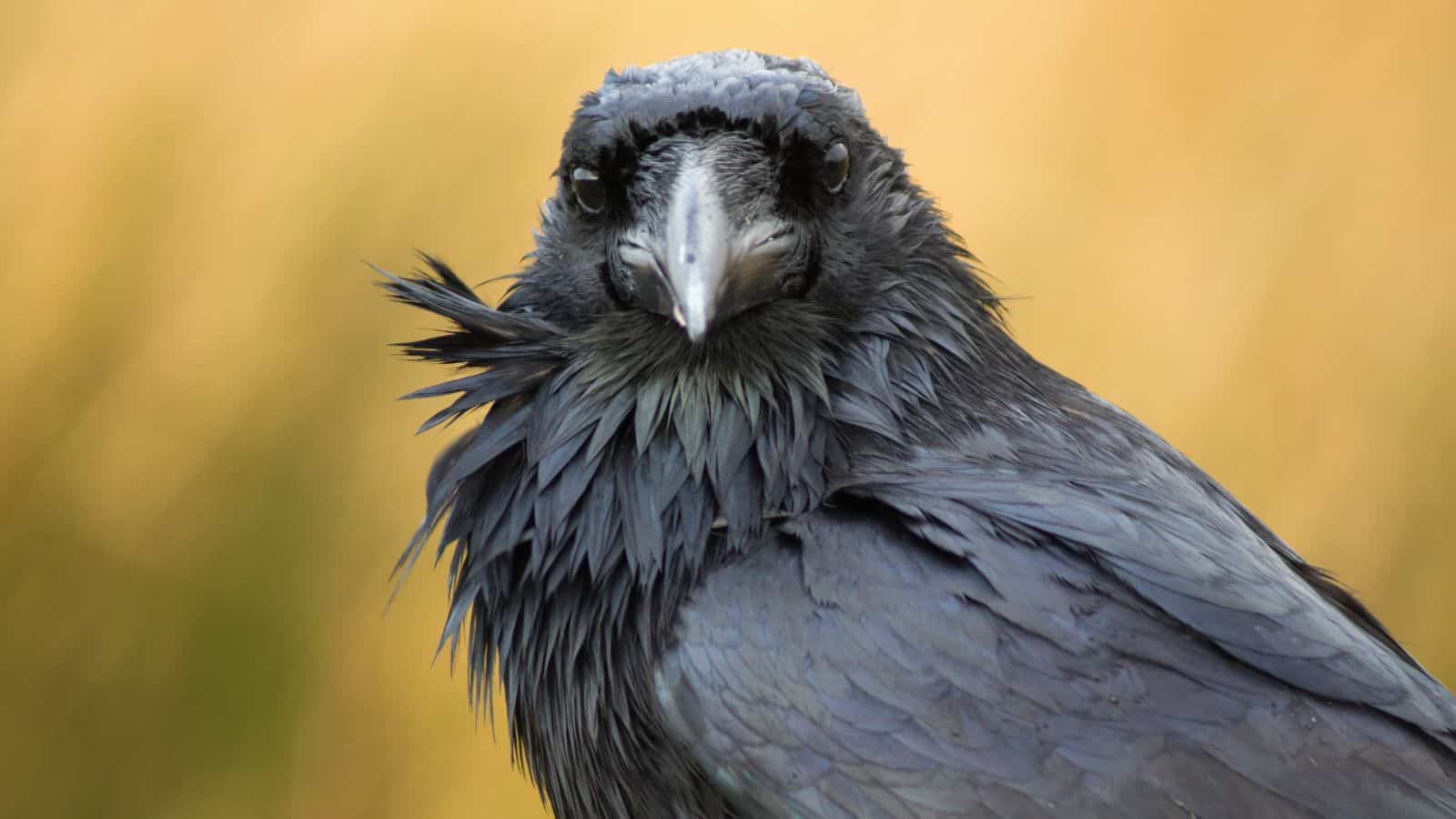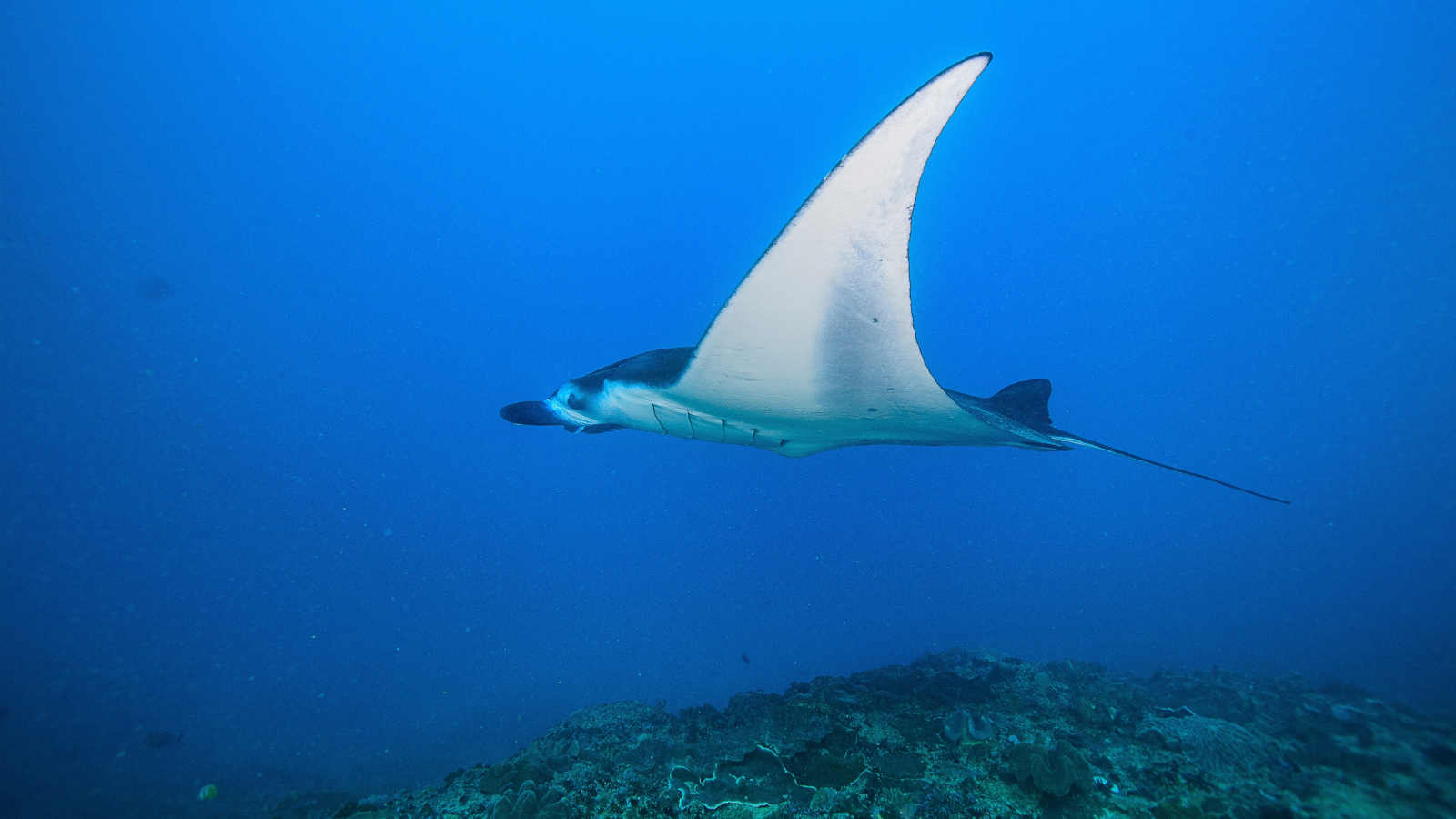There are so many intellectual animals in the world, and each one has its own unique traits. These animals live all across the earth, with habitats in the ocean, jungle, and plains. Here are 20 of the most intellectual animals in the world.
Orangutans

Orangutans are considered to be one of the smartest animals in the world. According to the Science Times, there are many reasons for this, such as being able to learn sign language, use tools, and follow through with complicated social structures. Their actions are very similar to those of humans.
Bottlenose Dolphins

Bottlenose dolphins, with their great problem-solving skills and advanced language comprehension, are considered to be highly intellectual sea animals. They even have self-awareness and would be able to recognize themselves in mirrors. They’re capable of understanding abstract concepts and can use tools.
Chimpanzees

These apes share a high percentage of DNA with humans, which means they excel at problem-solving. Just like orangutans, they can also learn and use sign language to interact with their community. Chimpanzees also have emotional intelligence, and they’ll use their emotions to influence their relationships.
Elephants

Thanks to their large brains, elephants are considered one of the most intelligent animals in the world. They’re even known as the animals that never forget because of their great memories. They have a high degree of emotional intelligence, and they’re able to show empathy toward others.
Crows

Cambridge Day writes, “Because they fly, crows need to be lightweight; however, a crow’s brain accounts for almost 2 percent of its body mass, similar to that of humans.” This high level of intelligence means crows can use tools and solve complex problems. They’re also able to understand and manipulate their environment.
Pigs

Pigs can solve mazes, understand emotions, and learn symbolic language. These animals have great cognitive abilities that are even on par with those of a human three-year-old. Pigs can pick up any task quickly and also have great social interaction skills.
Dogs

Depending on the breed, dogs can be very intelligent. Some breeds are capable of understanding hundreds of words, but most can obey simple commands. Dogs can understand human gestures and have a high level of emotional intelligence; you’ll always find them by their owner’s side if they show distress.
Octopuses

This invertebrate that lives in the ocean has high levels of intelligence, which makes them able to solve problems and use tools and is especially helpful when they find themselves trapped. They also have neurons in their tentacles, helping with navigation, which is useful when in dark waters.
Cats

Cats are intelligent in many cognitive aspects. They have great perceptual abilities, which is most likely why they’re known for having nine lives. Cats are very aware of their surroundings and can move very quickly if they sense danger. They’re also able to form strong bonds with humans and other cats.
Horses

Horses show many signs of being intelligent. For example, author Anna Blake writes, “Most horses can recognize themselves in the mirror, understand some human emotions, and can learn tricks or commands.” The animals are also capable of solving problems and will communicate differently, depending on how they perceive others.
Squirrels

These rodents have advanced memories and great problem-solving skills. The woodland creatures have been able to adapt their nature to live alongside humans, even finding their way into gardens to feast on bird feeders and flowers. Squirrels have also learned how to hide their food so others can’t find it.
Rats

Rats can easily adapt to their environment and have high problem-solving skills. These animals can even show empathy and can learn complex tasks quickly thanks to their memories. They’re often used in scientific research because of their high levels of intelligence.
African Grey Parrots

These parrots are known for their incredible vocal abilities and being able to learn a large number of words. They can even use words in context, which shows just how strong their cognitive abilities are. African grey parrots have shown signs of emotional intelligence and can display empathy toward others.
Pigeons

Pigeons are well known for their navigation skills and their ability to recognize individuals. These birds can differentiate between different art types and learn different abstract art. This is because they see the world in many different colors. They were also used in history for communication purposes because of their intelligence.
Ravens

When it comes to their intellect, ravens are very similar to crows in the way they can use tools and solve problems. They have high cognitive abilities and can mimic human speech and sounds. This shows just how great their intellectual abilities are.
Manta Rays

Manta rays have a large brain to body mass ratio compared to other cold-blooded fish. Sometimes, manta rays can even recognize themselves in mirrors, showing elements of self-awareness. It’s also been suggested that these sea animals have high cognitive abilities and problem-solving skills, making them similar to dolphins.
Sea Lions

As seen in many shows, sea lions have the capability of following commands and performing tricks. This is because they can remember and replicate patterns and sequences over time. Sea lions also have playful natures and complex social structures, which gives them an element of friendliness.
Mice

Mice are very similar to rats when it comes to their intelligence levels. They excel at learning and can navigate their way around a maze, which shows spatial memory. Mice can also recognize and adapt to different environments. Like rats, they’re commonly used in scientific research.
Bees

PBS writes, “Bees may have tiny brains, but they are surprisingly intelligent. Researchers at Queen Mary University of London have conducted an experiment showing that bees can learn from their environment to gain a reward, and then teach other bees to do the same.” Along with this, bees are also able to remember locations and food sources.
Ants

Ants show that they have advanced organizational skills and can build complex structures. They come together to collect food, navigate, and defend their colony. They can communicate with one another, which displays intelligent behavior. This shows that they have advanced problem-solving skills and are also able to adapt to changing environments.
Read More: Why People Aren’t Religious Anymore: 15 Simple Reasons

As society evolves, so does our approach to spirituality. This article looks at the subtle yet profound shift from traditional religious adherence to a more personal, evidence-based belief system.
Why People Aren’t Religious Anymore: 15 Simple Reasons
17 American Attractions That Not Even Americans Want to Visit

The United States of America—land of the free, home of the brave, and the location of some of the most ‘unique’ tourist attractions you’ll ever lay eyes on.
Get ready to chuckle, scratch your head, and maybe even facepalm as we look at 17 American attractions that not even Americans think are worth visiting.
17 American Attractions That Not Even Americans Want to Visit
17 Fairy Tales That Are Now Considered Racist

While fairy tales weave magical narratives that span generations, many emerge from historical and cultural contexts tinged with biases. Hiding in many of these tales, racial undertones can be found. Let’s look at 17 fairy tales that have deeper implications.
17 Fairy Tales That Are Now Considered Racist
18 Common Traits Found in Adults Who Had Unhappy Childhoods

Being a parent is a hard job, so even those who are truly trying their best will often miss the mark on creating the best environment for their children. Unfortunately, this means that many of us grow up with far-from-perfect childhoods that affect us into adulthood. Here are 18 common traits found in adults who had unhappy childhoods.
18 Common Traits Found in Adults Who Had Unhappy Childhoods
18 Things Old People Just Can’t Get On Board with Today

Over the past few decades, society has evolved, and with it, so have a few things that older generations find it uncomfortable to get the hang of. While younger generations are easily able to adapt to these changes, some of which are drastic, others may be struggling slightly. Here are 18 things the elderly may have difficulty learning.
